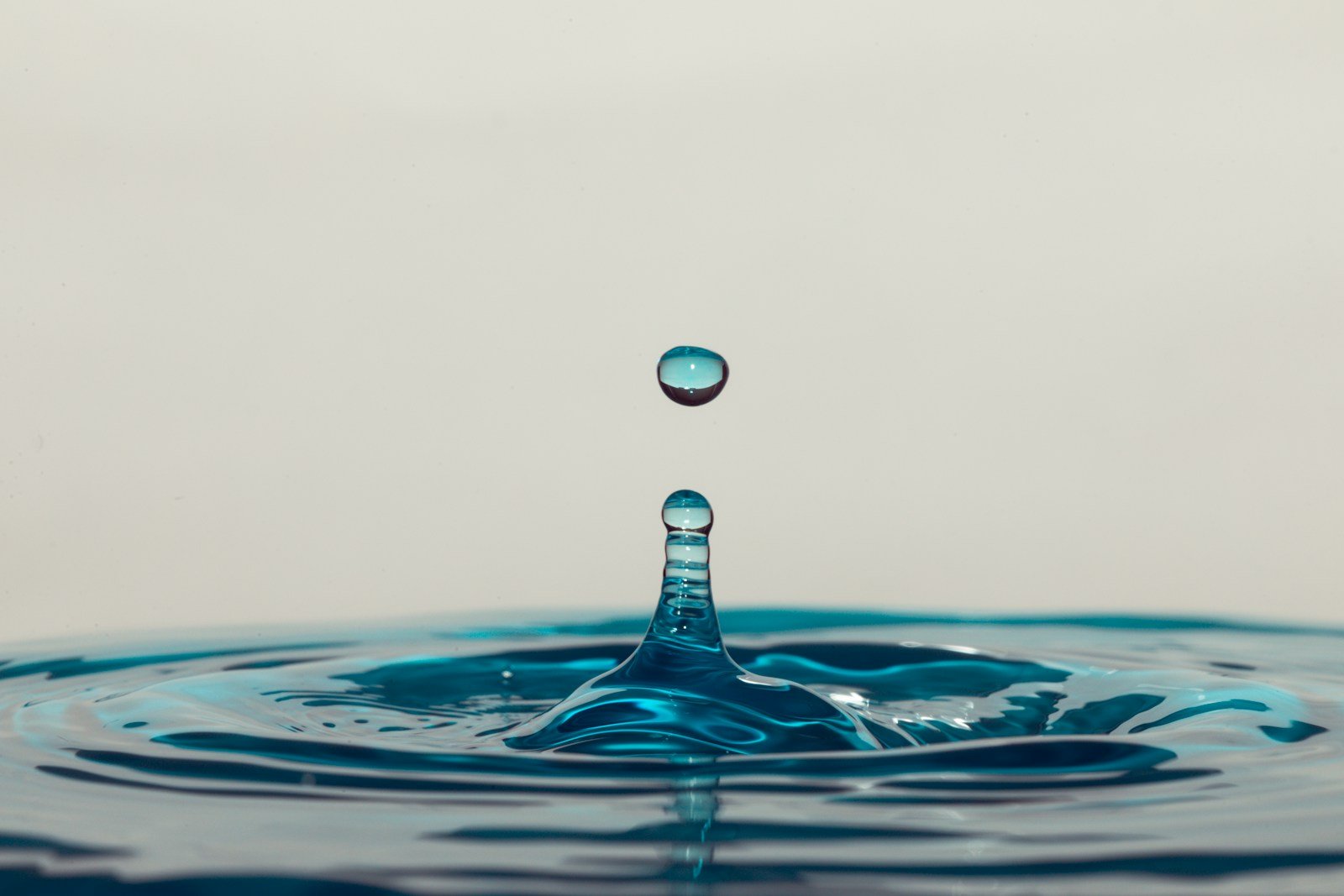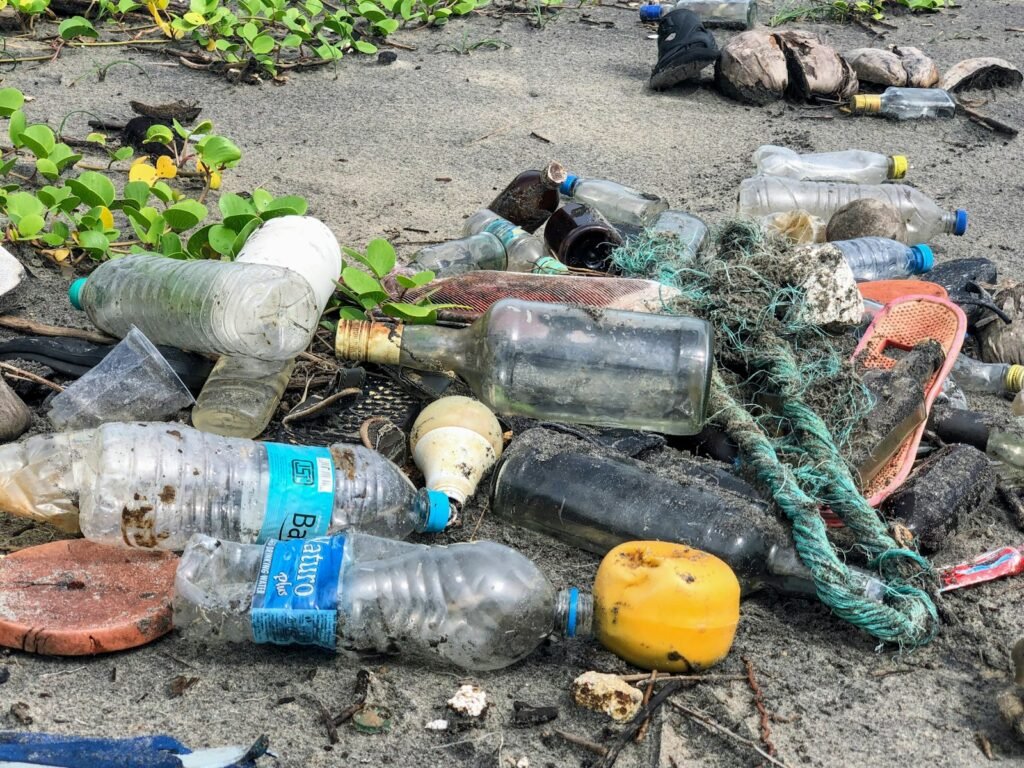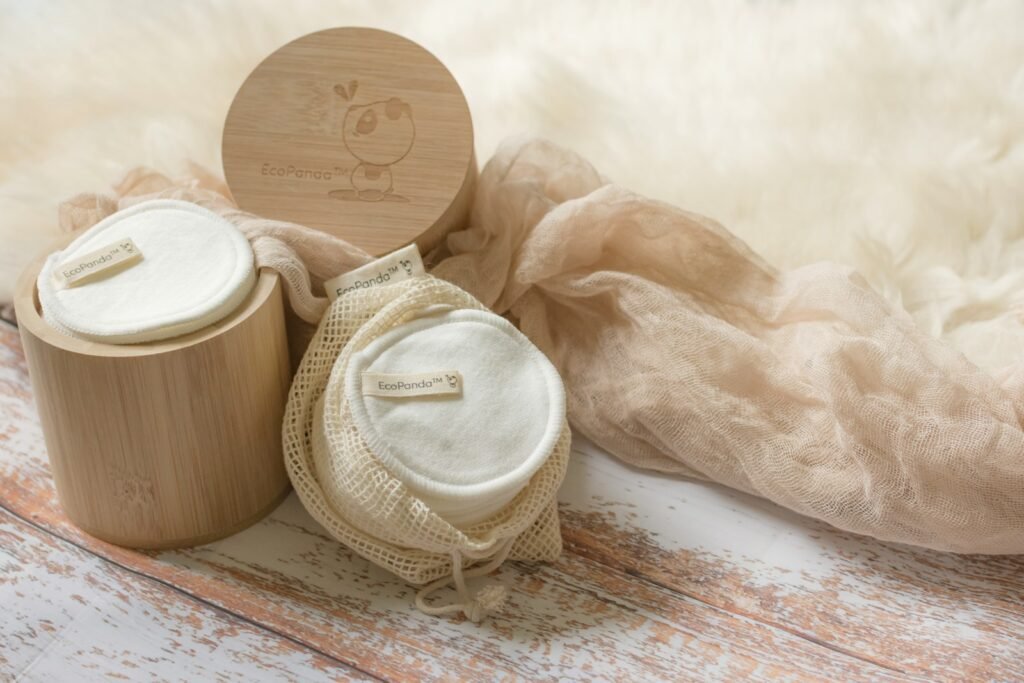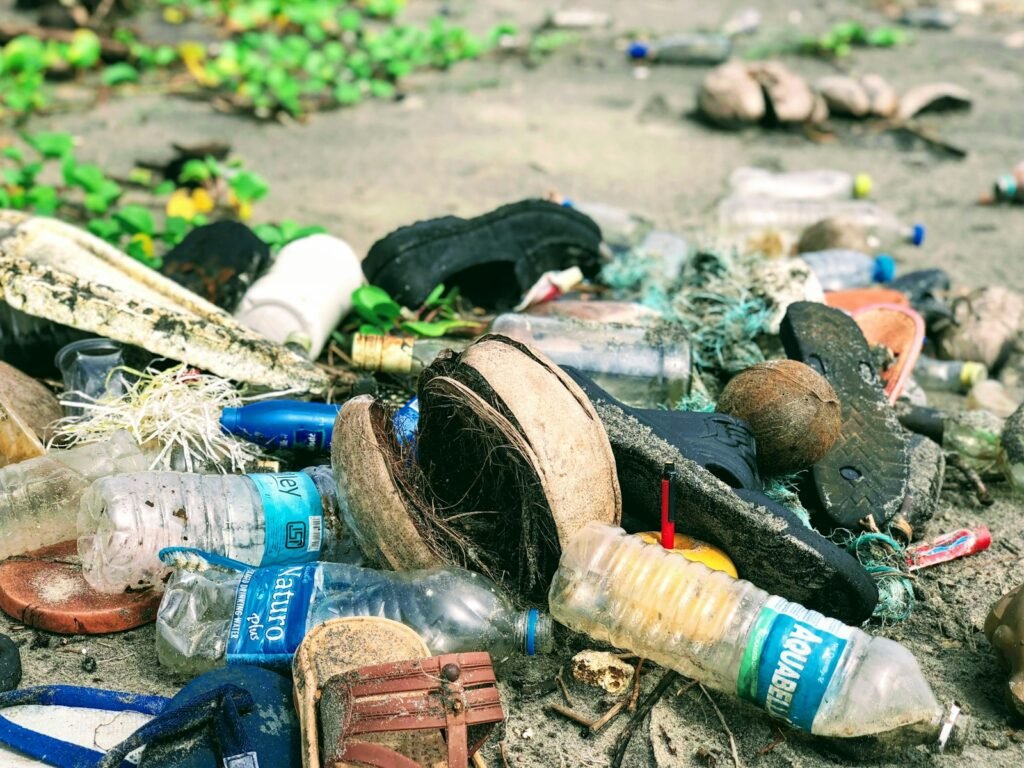Fix Leaks Promptly

Even the smallest leak can waste thousands of gallons of water over time. A dripping faucet, for example, can waste up to 20 gallons per day if left unattended. Regular checks around your home are crucial. Look for wet spots on ceilings or walls, and listen for unusual sounds coming from pipes.
If you suspect a leak, check your water meter before and after a few hours of not using any water. If the numbers change, there’s likely an issue somewhere in your plumbing system. Simple fixes like tightening nuts, replacing washers, or shutting off valves can often resolve minor leaks on your own. For more complex issues, it’s best to contact a licensed plumber.
Install Water-Saving Fixtures
Upgrading to water-efficient fixtures is one of the most effective ways to cut down on water use without sacrificing comfort or performance. Low-flow showerheads and faucets are designed to reduce water flow while still providing adequate pressure. These devices can reduce your home’s overall water usage by up to 50%.
Similarly, modern toilets with dual-flush systems allow you to choose between a full flush for solid waste and a partial flush for liquid waste. This simple feature significantly reduces the amount of water used per toilet visit. Installing these fixtures is an investment that pays off in both environmental impact and long-term savings on your utility bill.
Upgrade to Energy-Efficient Appliances
When it comes time to replace household appliances, choosing energy-efficient models can make a big difference. Washing machines and dishwashers with high WaterSense ratings use significantly less water per cycle than older, less efficient models. These appliances are designed to clean effectively while minimizing consumption.
To maximize the benefits of your new appliance, always run full loads whenever possible. Avoid using excessive amounts of detergent or pre-rinsing dishes before placing them in the dishwasher. Most modern machines have sensors that automatically adjust their water usage based on the load size and soil level.
Use a Water-Saving Toilet Tank Bag or Ball
A simple yet effective way to reduce toilet water use is by using a water-saving device inside the tank. These are small, floating objects that displace water in the tank, reducing how much water is used with each flush. They’re easy to install and can be found at most hardware stores.
By reducing the volume of water needed for each flush, these devices help lower overall usage without affecting the performance of the toilet. Over time, they contribute to significant reductions in water consumption across multiple flushes per day.
Collect and Reuse Rainwater
Rainwater collection is an excellent way to reduce dependency on municipal water supplies for outdoor use. By capturing rain that falls on your roof or other surfaces, you can direct it into storage containers for later use in gardening or watering plants.
Using a simple setup like buckets, rain barrels, or even repurposed food-grade containers can provide a steady supply of free water for your lawn and garden. To ensure the collected water is safe to use, consider using mesh filters or first-flush diverters to remove debris and contaminants before storing it.
Take Shorter Showers
Reducing shower time by just a few minutes each day can lead to substantial savings over time. On average, a typical shower uses about 2.5 gallons of water per minute. Cutting your shower down by even one minute could save hundreds of gallons annually when multiplied across multiple users in the household.
One practical way to keep track is using a timer or a clock on the wall. Alternatively, consider installing a showerhead with an hourglass indicator that visually signals when the recommended time has passed. Making this a habit helps conserve water and reduces utility costs over time.
Turn Off the Tap While Brushing Teeth or Shaving
It’s easy to forget that leaving the tap running while brushing your teeth or shaving can waste significant amounts of water. In fact, an average person can use up to 10 gallons of water each day just for this activity alone.
A simple and effective change is turning off the faucet when not in use. This habit doesn’t require any additional investment and can be easily integrated into daily routines. Encouraging family members to adopt this practice ensures that the entire household contributes to water conservation efforts.
Use a Basin for Washing Dishes and Vegetables
Instead of running water continuously while washing dishes or vegetables, using a basin or sink plug allows you to use only the amount of water needed. This method helps conserve both water and energy by reducing the need for hot water heating.
To make this process even more efficient, group similar items together before washing them and avoid washing large quantities at once. Using cold water where possible further reduces energy consumption. Taking a few minutes to plan your dishwashing routine can result in substantial long-term savings.
Landscape with Native Plants
Choosing native plants for landscaping is one of the most sustainable ways to manage outdoor water use. These species are naturally adapted to local climates and require less irrigation compared to non-native varieties. They also support local wildlife by providing food and shelter.
When planning your garden, consider using drought-resistant or xeriscape-friendly plants that thrive with minimal watering. Proper soil preparation and mulching can further reduce the need for frequent watering. Over time, these practices result in a more resilient landscape that requires less maintenance and water consumption.
Make Consistent Changes
Consistency is key to making lasting changes in your home’s water usage habits. Incorporating small but meaningful actions into daily routines ensures long-term success without feeling overwhelming. Whether it’s fixing leaks or using water-saving fixtures, every effort contributes to a more sustainable lifestyle.
By being mindful of how and when you use water, you not only help protect this vital resource but also reduce your utility bills over time. Small changes can lead to significant impact when practiced consistently throughout the home.







